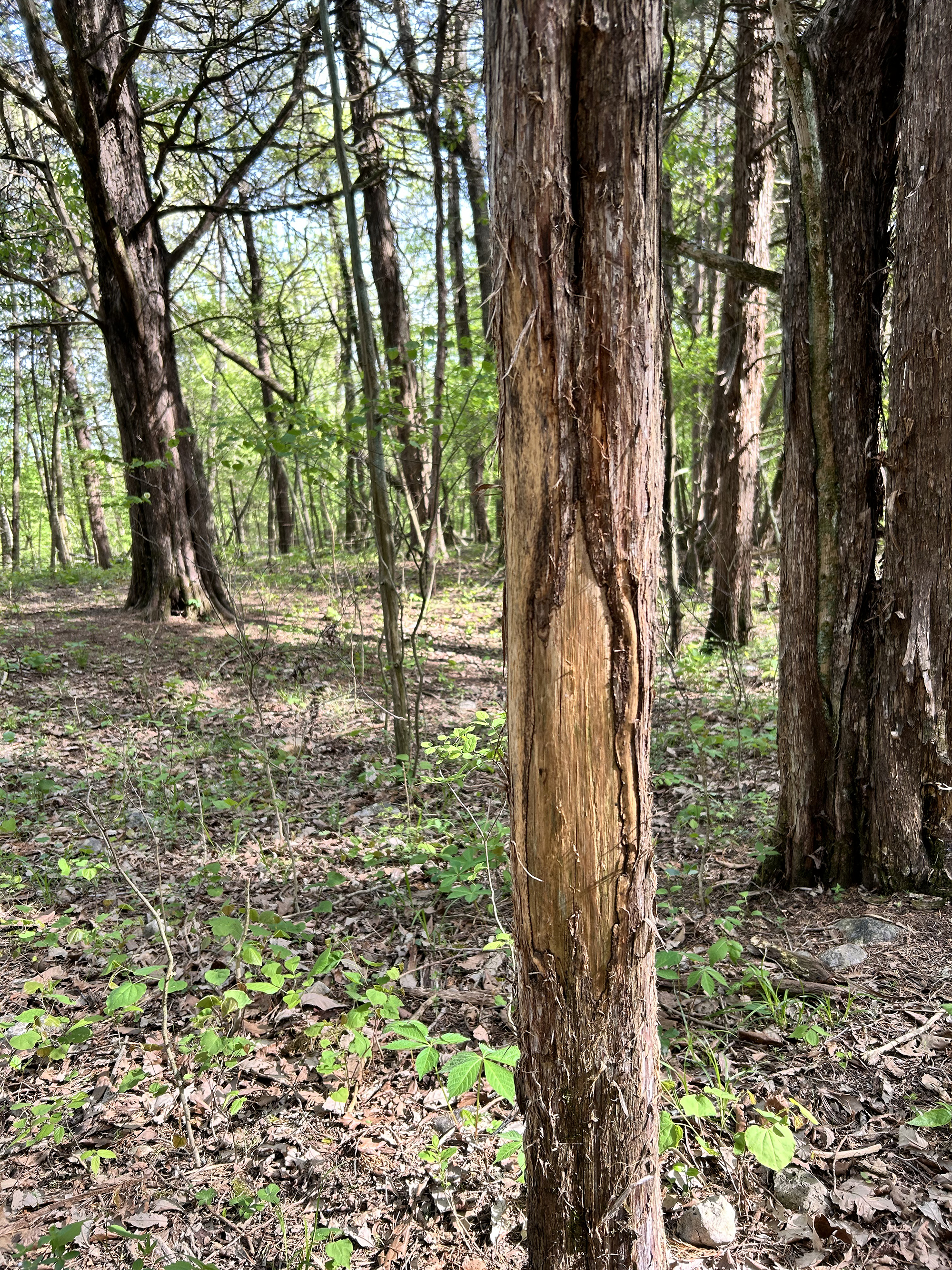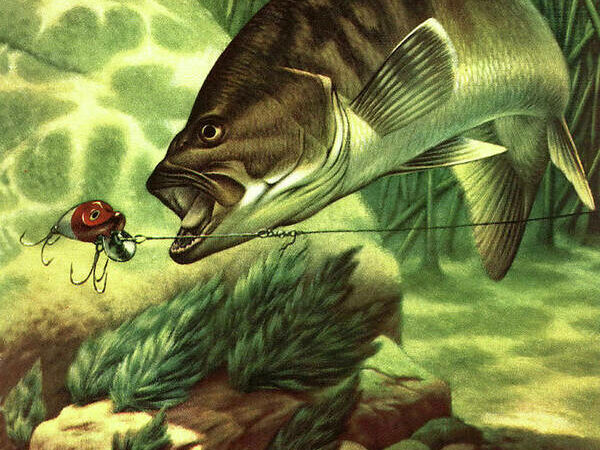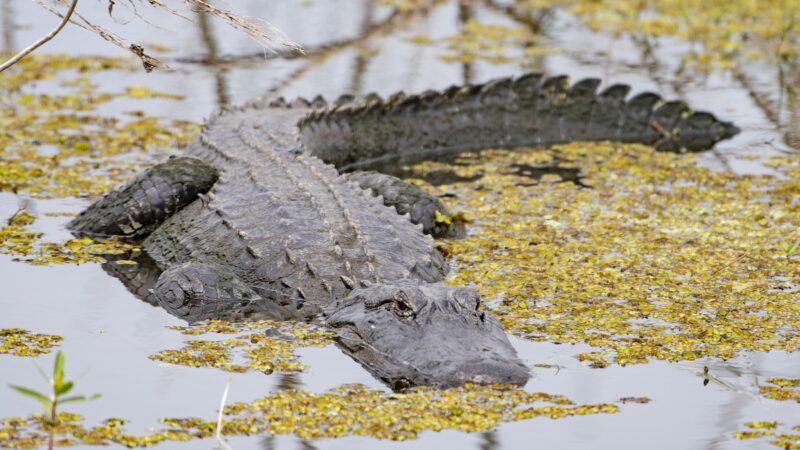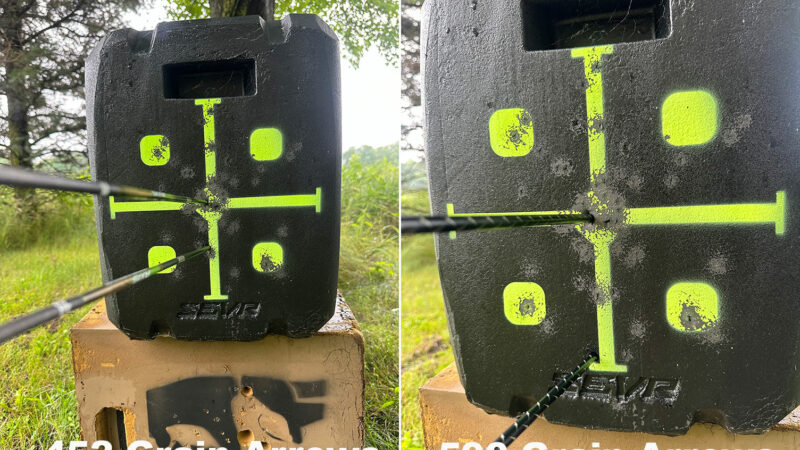10 Reasons Why Late October Is the Best Time to Tag a Big Buck
A big-racked buck stands from his bed, stretches to shake off the afternoon jitters, and turns to a rub near his bed. Walking over to it, with neck swelling strong, he tears that cedar to shreds. Then he turns down the trail to hit another.
Eventually, he makes it to a watering hole, and after that, nears your food plot, which is placed strategically in the timber. Around sunset, he steps into that clover-laden clearing and starts plowing through the greens. Before long, you’re at full draw; all that’s left is to make a perfect shot.
That’s the power of a late-October deer hunt. There are many pros and only a few cons to hunting the last week of October. More and more expert hunters confess that late October—not mid-November—is the best time to kill a specific mature target buck.
Here are 10 reasons why the last week of October is the best time to kill a big buck.
Big Bucks Are Still Home
So, you’ve scouted a buck all season. He’s still on the property you hunt. But as soon as the rut kicks in, he might not be. It’s not that his home range will shift dramatically, but his pattern around his core area will likely change.
Plus, by the heart of the rut, he won’t be predictable at all.
If you still have a big buck on camera, and you’ve invested time figuring out where and how to kill him, late October provides the best window for success.
Increasing Daytime Movement
Whitetail research shows that daytime movement gradually increases throughout summer and fall, peaks during the rut, and tapers off into the late season. For those with a rut that peaks in early to mid-November, late October is an excellent time to fill that buck tag.
If you know where a deer is living, and there’s still a pattern to hunt, get more aggressive now. The buck is likely spending a little more time moving during daylight each day. Increased daylight movement simply means greater odds that the buck will pass by your stand when you’re there.
Rising Testosterone
A buck’s testosterone levels peak during the rut. Because of this, whitetail bucks tend to be more aggressive. Of course, hormones peak in November, but by late October, testosterone levels are on a sharp incline, nearing the top.
As noted above, this leads to increased daytime movement. It can also translate to a false sense of confidence (and security) for a deer to travel. Plus, because the rut is so near, that buck might begin searching for does.

Photo by Josh Honeycutt
Vulnerability to Certain Tactics
Sticking with the testosterone theme and more aggressive behavior, bucks are more vocal. They also start posturing and even fighting. Deer in general are being very social now and will continue to be so for several weeks.
Knowing this, be aggressive with your deer hunting tactics. Use calls, such as bleats, grunts, snort-wheezes, grunt-snort-wheezes, and more. Hit those antlers together and mock up a big buck fight. Display a decoy and use deer attractants to bring that mature buck into bow range.
Read Next: Best Deer Calls
Predictable Bed-to-Feed Patterns
Because the rut is still at least a week (or maybe longer) from really starting, most bucks aren’t on the run in search of does just yet. Instead, they’re close to home and spending time in their core areas.
Thankfully, these deer are still following predictable bed-to-feed patterns. Hunters who’ve scouted and know where a big one lives can deduce where it’s bedding, feeding, and traveling. Connect the dots and choose stand locations accordingly.
Waning White Oak Acorns
White oaks are among the most favored foods for whitetails. They’ll march past cornfields, corn piles, and almost all other deer food sources to reach a producing white oak tree. It’s deer candy, but nutritional, thanks to lower tannin (tannic acid) levels.
Because of this, white oak acorns don’t last long. (Also, due to the lower acidity, the “shelf life” isn’t as good.) Therefore, by late October, a lot of the white oak acorns are cleaned up. Hunters should scout and find the white oaks with remaining food. That’s where the deer will be. Their favorite dish is condensing into tighter spaces.
Timely Cold Fronts
Cold fronts spark deer movement. Late October cold fronts get big deer on their feet.
Of course, the day of the front can be good. However, the day before the front arrives and the day after it passes are the best windows. If the cold air remains, the hunting can be good for several days after the front hits.
Morning Hunts Are Popping
Unless there’s a clear pattern on a big deer, and the entry route access is foolproof, most of us don’t hunt mornings during the early season. However, the late-October pre-rut is a solid time to start hunting mornings.
Deer are starting to move differently on the landscape now. Furthermore, they’re getting back to bed later, making those morning sits more viable. During this window, there’s a greater reward to accompany the risk of spooking deer while walking into the stand before daylight.
Early Estrus Does
Those with a traditional mid-November rut should see 90 to 95 percent of does enter estrus during the 11th month. That said, 5 percent, or perhaps slightly less, could enter estrus in late October. That’s action most hunters completely miss because they aren’t there to see it.
Of course, you can’t count on this event to fill your tag, but it’s one to keep in the back of your mind. It can turn a late-October bed-to-feed hunt into the first buck-and-doe chase of the year. When a doe does come into estrus early, it’s not uncommon for her to have multiple bucks in chase mode. That just might be the ticket to the monster you’ve been watching.
Hunt Before the Crowds
Most deer hunters save their vacation time and brownie points for the heart of the rut. For many hunters, those days are burned during November. However, by that point, every bowhunter in the woods (and some crossbow and gun hunters, seasons depending), are in trees, too.
Read Next: Aaron Warbritton on How to Hunt the Rut on Public Land
That’s exactly why you should start in late October. Take your “rutcation” before everyone else and get the jump on the competition. Sitting in late October can reduce the pressure and give you the best chance of big buck success.
The post 10 Reasons Why Late October Is the Best Time to Tag a Big Buck appeared first on Outdoor Life.
Source: https://www.outdoorlife.com/hunting/late-october-best-time-to-deer-hunt/




